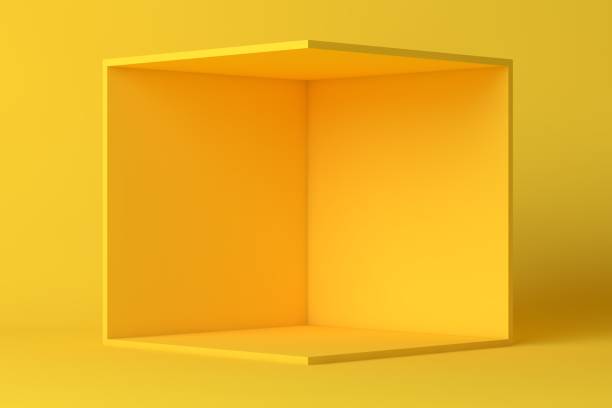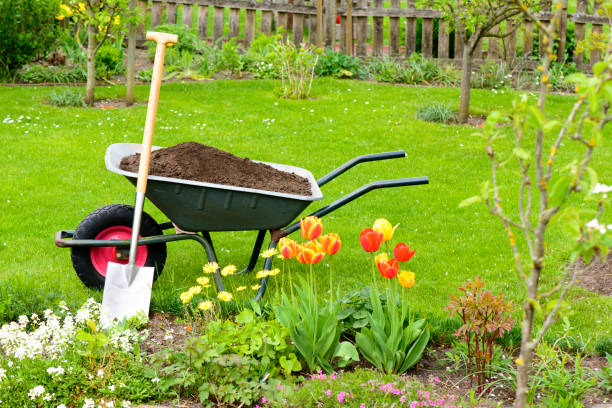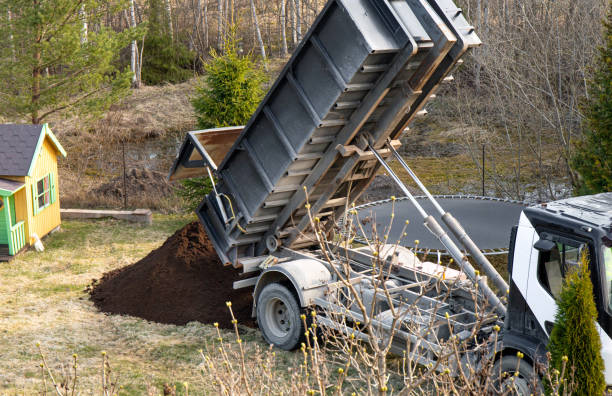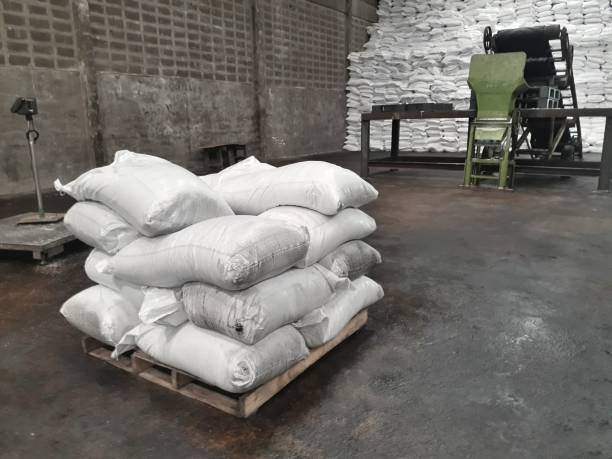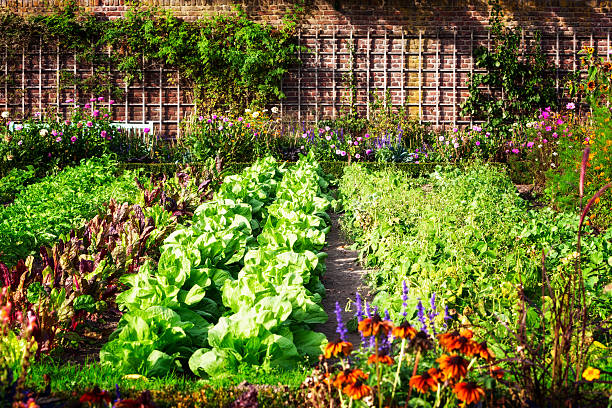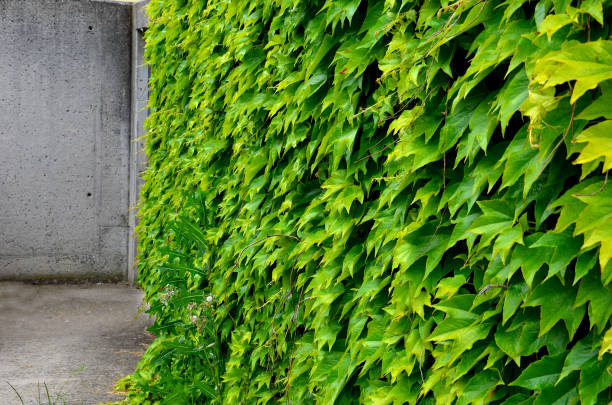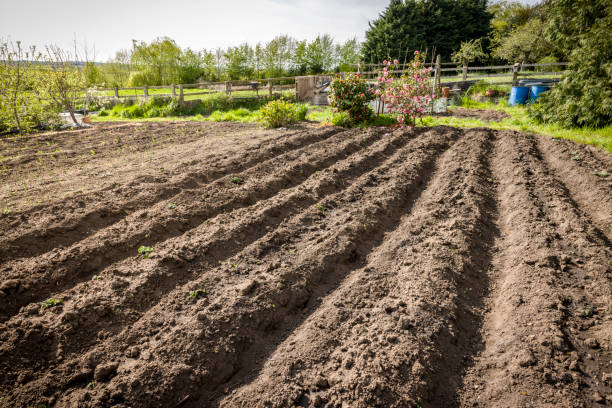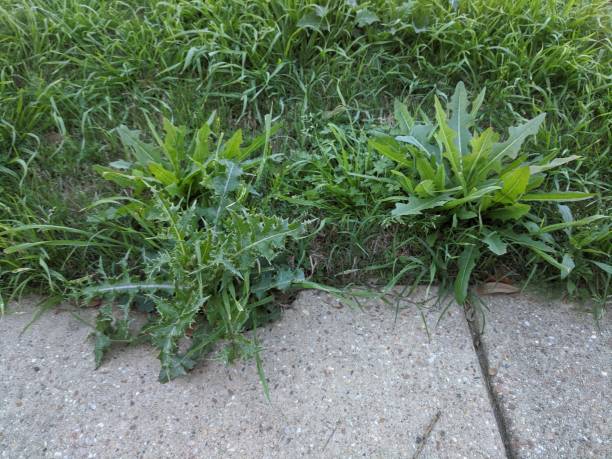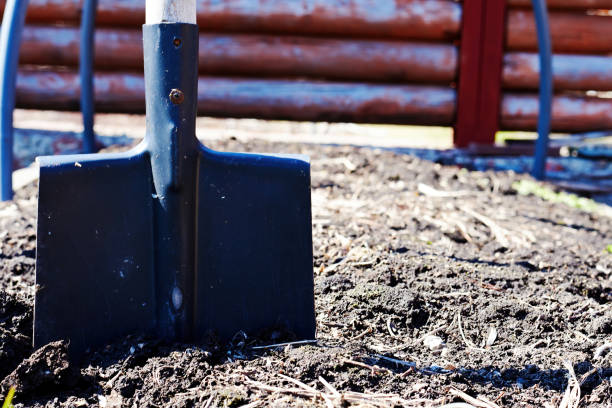What Does a Cubic Yard Look Like?
This post contains affiliate links. This means I will make a commission at no extra cost to you should you click through and make a purchase. Read the full disclosure here.
Have you ever wondered what a cubic yard looks like and how it relates to everyday measurements? Whether you’re working on a landscaping project, planning a construction endeavor, or dealing with waste removal, understanding cubic yards is crucial. In this article, we’ll delve into the concept of cubic yards, explore conversion factors, provide a visual representation, discuss common uses, and offer guidance on ordering materials. Let’s dive in!
Introduction
Cubic yards are a unit of measurement commonly used in various industries to quantify volume. It is essential to comprehend this unit, especially when dealing with bulk materials or estimating space requirements. Let’s start by gaining a clear understanding of what cubic yards represent and how they can be useful.
Understanding Cubic Yards
Conversion Factors
Before we visualize a cubic yard, let’s explore the conversion factors associated with this unit. One cubic yard is equal to 27 cubic feet or approximately 764.6 liters. By knowing these conversion factors, you can easily convert measurements between cubic yards and other units such as cubic meters or gallons.
Visual Representation
To visualize a cubic yard, imagine a cube with each side measuring one yard (or three feet) in length. It is a three-dimensional unit that can be represented as a box or container. Picture a cube-shaped container in your mind, with each side measuring three feet, and you have an accurate representation of a cubic yard.
Common Uses
Cubic yards find extensive application in various industries due to their versatility and convenience in measuring volume. Let’s explore some common uses of cubic yards in different contexts.
Landscaping
In landscaping projects, cubic yards are utilized to measure soil, mulch, gravel, or other materials needed for tasks such as filling garden beds, creating paths, or constructing retaining walls. By understanding the volume requirements in cubic yards, you can accurately estimate the amount of material needed and ensure a successful project.
Construction
In construction projects, cubic yards come into play when determining the quantity of concrete, asphalt, or fill material required for foundations, roads, or structural components. By precisely estimating the volume in cubic yards, contractors can plan efficiently, order the right amount of materials, and avoid delays or excess costs.
Waste Removal
When it comes to waste removal, cubic yards play a vital role in determining the size and capacity of dumpsters or skip bins. Whether you’re renovating a house, cleaning up a construction site, or decluttering your property, understanding the volume in cubic yards helps in selecting the appropriate container and managing waste disposal effectively.
Ordering Materials
Now that we grasp the significance of cubic yards in various applications, it’s essential to know how to order materials accurately. Let’s explore some methods for estimating cubic yards.
Estimating Cubic Yards
Calculating Volume
To estimate cubic yards, you need to calculate the volume of the space or container you wish to fill. By multiplying the length, width, and height in feet, you can determine the total volume. Dividing this volume by 27 will give you the corresponding volume in cubic yards.
Using Online Calculators
Alternatively, you can leverage online calculators specifically designed to estimate cubic yards. These tools simplify the process by providing user-friendly interfaces where you can input the dimensions and receive instant results. Online calculators save time and eliminate the need for manual calculations, ensuring accuracy and convenience.
Conclusion
In conclusion, understanding what a cubic yard looks like is essential for anyone involved in landscaping, construction, or waste removal. By comprehending the concept, conversion factors, and visual representation of a cubic yard, you can make informed decisions, accurately estimate materials, and effectively manage projects. So, the next time you encounter the term “cubic yard,” you’ll have a clear mental image of its volume and applications.
FAQs
How can I estimate the cubic yards required for my landscaping project?
To estimate cubic yards, measure the length, width, and depth of the area you want to fill, and then use the formula: (Length × Width × Depth) ÷ 27.
Is there a standard conversion factor for cubic yards to cubic meters?
Yes, one cubic yard is approximately equal to 0.7646 cubic meters.
Can I use cubic yards to measure the capacity of a swimming pool?
Yes, cubic yards can be used to measure the volume or capacity of a swimming pool. It helps determine the amount of water the pool can hold.
How do I convert cubic yards to gallons?
One cubic yard is equal to approximately 201.97 gallons.
Are there any online resources available for estimating cubic yards?
Yes, several websites offer online calculators specifically designed to estimate cubic yards based on various shapes and dimensions.

